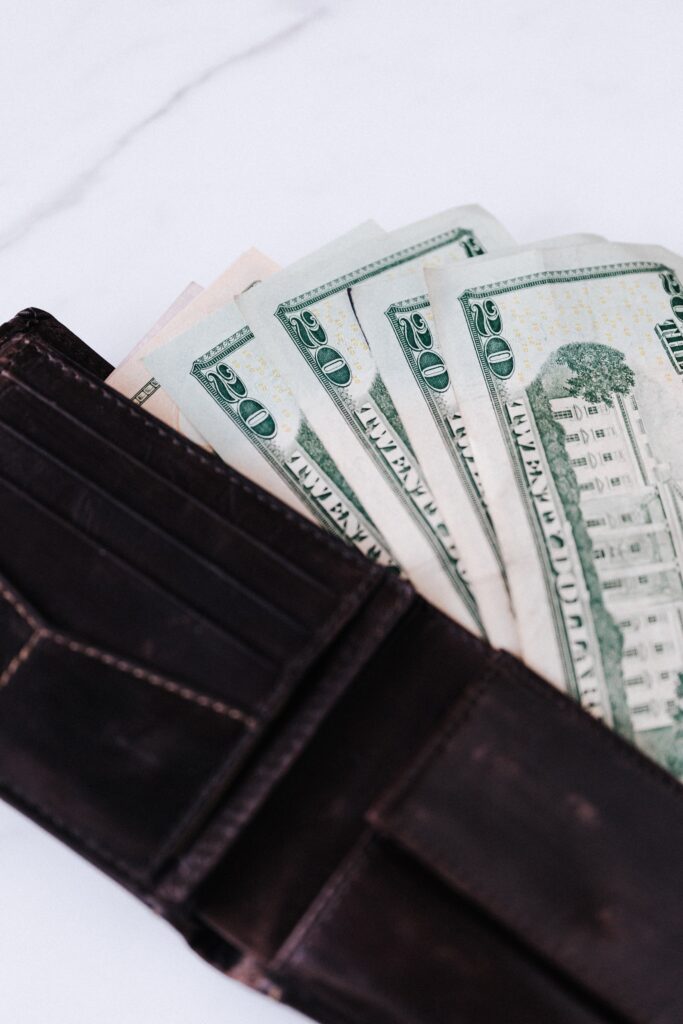
From Financial Mess to Money Genius
Ask anyone who knows me, and they’ll tell you I’m a certified financial disaster. Between takeout dinners multiple times a week, buying shoes instead of saving for retirement, and letting subscriptions siphon from my bank account on auto-pilot, I was stuck in a cycle of living paycheck to paycheck. I needed an extreme money intervention.
When I heard about the 30 Day Money Makeover challenge, I knew it was time to take drastic action. This intense 30 day financial cleanse promised to overhaul my dysfunctional money habits and get me on track to financial freedom. Was I skeptical? Absolutely.
Here is the wild tale of how one broke millennial went from complete financial chaos to finally gaining control of her money in just 30 days. Get ready for some laugh out loud money confessions blended with hard learned lessons that could change your financial life.
My Out-of-Control Spending Habits Had to Go
Week 1: No More Non-Essential Spending
Cold turkey quitting takeout, coffee shops, and other “nice-to-have” expenses was a shock to my system. Those daily $5 lattes really add up, and I never realized how much money I wasted on grabbing lunch at cute cafes until I had to pack PB&J like a kindergartener. Saying no to little luxuries I took for granted was excruciating but eye opening. Just avoiding my usual senseless purchases put an extra $350 back in my pocket that first week.
Key Takeaway: Mindless non-essential spending can easily drain $1000+ a month. Cutting it out immediately forces you to confront wasteful habits.
Week 2: Tracking Every Single Penny
Meticulously tracking every transaction down to the 99 cent iTunes song purchase showed me exactly where my money was going. I was horrified to realize I spent over $150 a month on forgotten subscriptions and $238 a month on lunches out. Just seeing my spending in black and white made me determined to fix my careless ways.
Key Takeaway: Detailed spending tracking highlights wasteful habits you likely don’t even realize. Awareness is the critical first step to changing behavior.
Week 3: Setting Goals That Align With My Values
Getting super specific about 1 year savings goals tied to my dreams like travel and financial independence made saving feel purposeful versus restrictive. Targets like saving $5k for a trip and $10k for retirement motivated me versus just vague “save more” goals.
Key Takeaway: Deeply personal, values-based financial goals resonate more than arbitrary targets. Tie savings to your biggest dreams to stay focused and excited.
Optimizing My Money Management Became a Game Changer
Week 4: Automating Everything Possible
Autopay bills, automated savings transfers, digitizing receipts – any tasks I could hand off to technology were total game changers. Saving hours of manual money chores let me focus on big picture plans versus administrative hassles. Past me is seriously jealous of this timesaving hack.
Key Takeaway: Automating payments, tracking, budgeting, and more optimizes efficiency. Less drudge work frees up mental bandwidth for proactive planning.
Week 5: Rewarding Myself in Healthy Ways
Instead of “treating myself” by sabotaging progress with fancy purchases, I rewarded achievements with thoughtful experiences. Movie nights in, dinner parties with friends, booking goal trip flights – these perks motivated me without derailing savings.
Key Takeaway: Reward financial milestones in ways that reinforce goals versus undermining them. Small meaningful splurges keep you focused on the big picture.

My Top Lessons After a 30-Day Financial Makeover
While completing the 30-Day Money Makeover challenge was brutal at times, the insights I gained were invaluable:
- Senseless purchases can secretly drain $1000+ monthly
- Tracking and categorizing all spending highlights wasteful habits
- Super specific savings goals based on my biggest dreams keep me focused
- Automating payments, budgets and tracking saves hours of tedious work
- Thoughtful rewards motivate better than material splurges that sabotage savings
Most importantly – lasting change requires patience and discipline. I still slip up sometimes, but now have tools to course correct faster. My finances may never be completely tidy, but I’ve cleaned up the clutter and have clear, intentional habits in place.
For anyone else feeling overwhelmed by their finances, I can’t recommend a financial makeover enough. Get ready to confront some ugly money truths about yourself – but know that you’ll emerge with the skills and mindset to take control. Let’s raise a glass to financial wellness! I’ll bring the homemade margaritas.
Frequently Asked Questions About the 30 Day Money Makeover
Taking a 30 day financial cleanse can significantly improve your money habits if done consistently. Here are some common questions to help you get the most from the experience:
What are the main steps of the 30-day money makeover?
The program guides you through five key phases:
- Cutting out non-essential spending
- Tracking all income and expenses
- Setting aligned savings goals
- Automating finances
- Rewarding progress
What are some examples of non-essential spending to cut?
Non-essentials include dining out, coffee shops, entertainment, ride shares, alcohol, subscription services, and impulse purchases.
How much time per day does tracking spending require?
Plan for 15-30 minutes to log transactions and categorize expenses. But apps can automate much of the heavy lifting.
What are examples of aligned financial goals?
Goals to pay off debt, save for retirement, trips, or a house down payment that reflect your values.
What tools can I use to automate finances?
Online banking, budgeting apps, expense trackers, investment platforms, and bill negotiation services.
How can I celebrate progress without derailing savings?
With thoughtful experiences, activities with friends, checking goals off your vision board, or non-material rewards.
How long do the new habits and mindset last after the 30 days?
With continual practice, most participants sustain long term improvements. But occasional resets keep you accountable.
The 30-day challenge builds awareness and habits through intensive focus. Sticking with the program transforms spending and paves the way for lasting change.


Leave a Reply